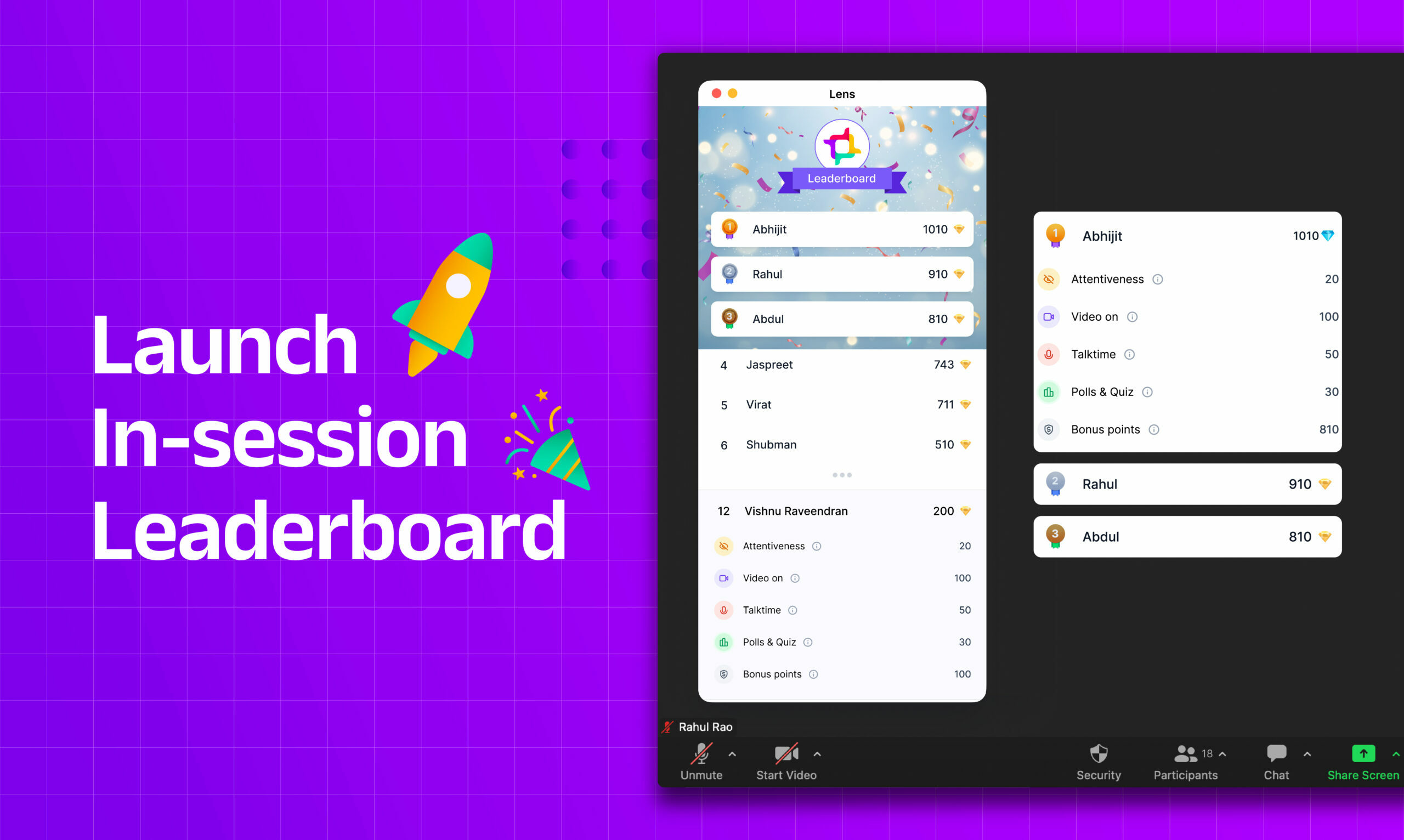If you’re a teacher who wants to incorporate hybrid learning into your curriculum, you’ve probably heard of Zoom classrooms.
If not, here’s what you need to know: Zoom is a video chat platform that allows students and teachers to interact in real-time. The teacher uses their camera while the students have theirs turned off. This means that instructors can use the live feedback from their students and their voice and facial expressions to connect with them individually.
Zoom is a video platform that is used to conduct online classes

Zoom is a video chat platform that is used to conduct online classes. It’s trendy in hybrid learning because it can conduct online courses with students in different locations while enabling you to see and hear them.
You might think that being able to see and hear your students would be enough for effective teaching, but it isn’t–you also need the ability to talk with them individually when necessary, which is something that Zoom provides through its “Zoom Rooms” feature (or “Zoom Rooms,” as they’re called).
A Zoom Room allows up to 50 people at once; it works like any other video conference room where one person hosts the session while others join remotely via their computers or smartphones. The host controls everything about this virtual space: who has permission to enter, whether audio or video should be enabled; what kind of screen sharing will happen if applicable…the list goes on!
This allows instructors great flexibility when choosing how best to meet their needs during class time – whether those needs include being able directly to interact with individuals who may have questions about the content covered earlier, provide guidance regarding upcoming assignments due soon after each session ends so no surprises occur later down the line when grades are due back into accountants office.
Is Zoom Enough?

Hybrid learning combines in-person and online learning and has become increasingly popular in recent years. While Zoom has emerged as a go-to platform for online learning, it’s important to note that it’s not enough on its own. The platform is created with a general use case, so it doesn’t cater exclusively to educators. As a result, live online classes can often become a black box with no interaction from students. Here are some reasons why Zoom classrooms are not enough for hybrid learning:
- Students can turn off their cameras and become disengaged from the class.
- The platform does not offer many tools that are exclusive to education, such as quizzes or polls, which can help keep students engaged.
- Students can easily access other websites or apps during the class, leading to a lack of attentiveness.
To combat these challenges, educators must bring other tech products to bolster interaction during live classes. For instance, they can use interactive whiteboards, collaborative software, or breakout rooms to encourage student participation and collaboration. Additionally, educators can implement gamification techniques to keep students engaged, such as leaderboards, badges, and progress bars.
Filling the Gaps

Considering the significant gaps left by Zoom classrooms in education, it’s important to include products that better the learning experience as a part of your online learning program. This is where Lens comes in.
Lens is a powerful Zoom add-on designed to enhance the remote learning experience by providing educators with a wealth of student engagement and attentiveness data. Unlike Zoom, which allows users to host online meetings, Lens takes things a step further by tracking participants’ time by looking at the meeting screen and monitoring talk time.
This will enable educators to gain valuable insights into which students are most engaged and attentive during the session. Additionally, Lens offers a range of features designed to increase engagement, including in-meeting polls and quizzes, an in-meeting browser, and a leaderboard that gamifies interactions between participants.
By providing educators with more detailed data on engagement and attentiveness, Lens enables them to construct more robust performance metrics for online classes, with quality directly corresponding to higher engagement and attentiveness.
Features of Lens include:
- Tracking talk time and time spent looking at the meeting screen
- Monitoring engagement and attentiveness of individual participants
- In-meeting polls and quizzes to increase engagement
- In-meeting browser to facilitate real-time research and collaboration
- Leaderboard to gamify interactions and incentivize engagement
- Detailed data reports on engagement and attentiveness, allowing educators to construct more robust performance metrics for online classes.
Lens + Zoom = Innovative Education Tool

The COVID-19 pandemic has led to a significant shift in how we approach education, with remote learning becoming the new norm. While tools like Zoom have been instrumental in facilitating online classes, they still lack the features necessary for educators to understand student engagement and attentiveness truly. That’s where Lens comes in – by acting as a wrapper around Zoom. It provides educators with a wealth of data on student behavior during online classes.
One of the critical features of Lens is its ability to track when participants move away from the Zoom window. This is especially important for educators, as it allows them to identify students who may be disengaging from the class or struggling to stay focused. By gaining insights into when and why students move away from the window, educators can take proactive measures to re-engage students and keep them on track.
Another feature of Lens is its ability to gamify the learning experience. The in-meeting leaderboard and quizzes create a sense of friendly competition and incentivize participants to engage more actively with the class. This makes the learning experience more enjoyable and encourages participants to become more conversational and collaborative with their peers. The result is a more dynamic and engaging learning environment that facilitates deeper learning and understanding.
By combining the power of Zoom with the innovative features of Lens, educators have access to an all-in-one tool that can transform the online learning experience. With the ability to track engagement and attentiveness, gamify the learning experience, and facilitate real-time research and collaboration, Lens + Zoom truly represents the future of online education.
Zoom classrooms are already an effective and convenient tool for hybrid learning, allowing students and teachers to interact in real time regardless of location. However, when paired with Lens, Zoom becomes an innovative education tool that takes the online learning experience to the next level.
With features like tracking engagement and attentiveness, gamify the learning experience, and facilitating real-time research and collaboration, Lens + Zoom enables educators to gain deeper insights into student behavior and create a more engaging and effective learning environment. Lens + Zoom is an excellent platform for those looking to implement hybrid learning and enhance their teaching methods.




